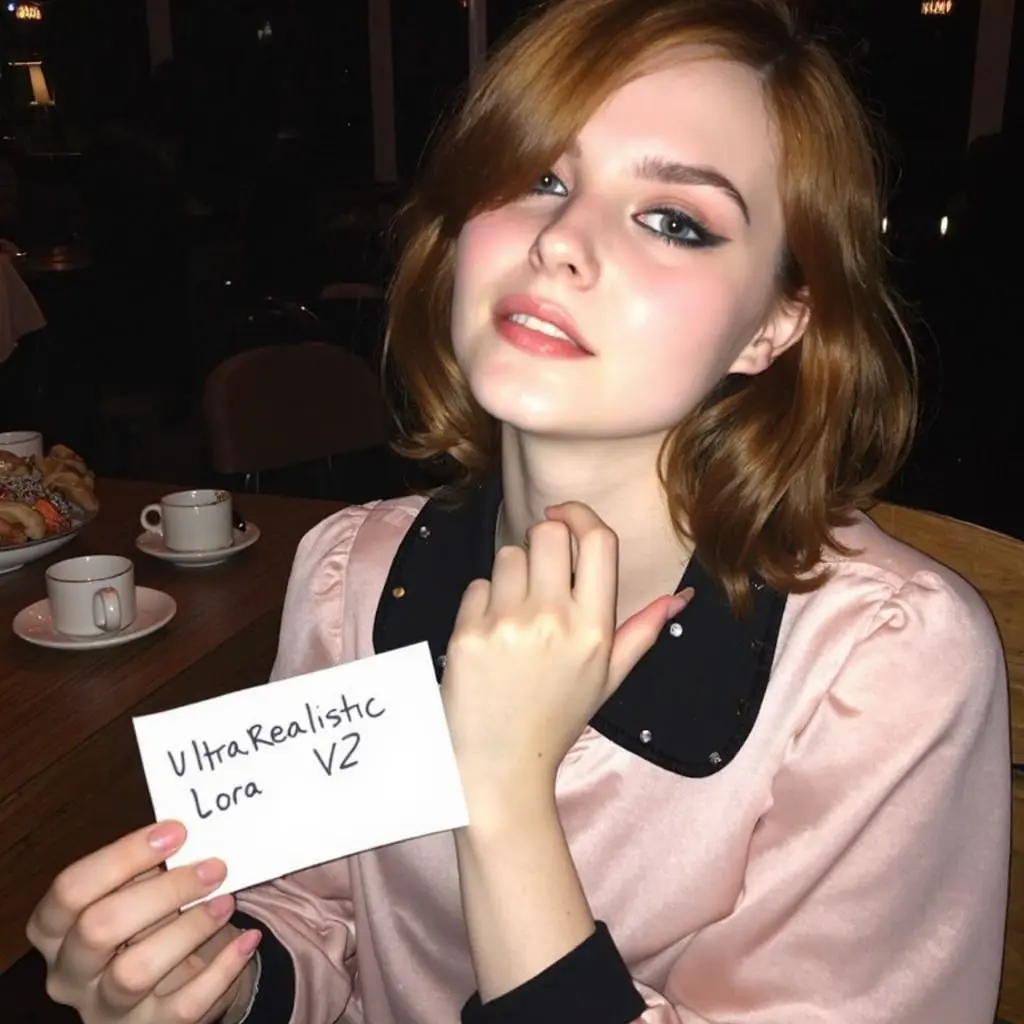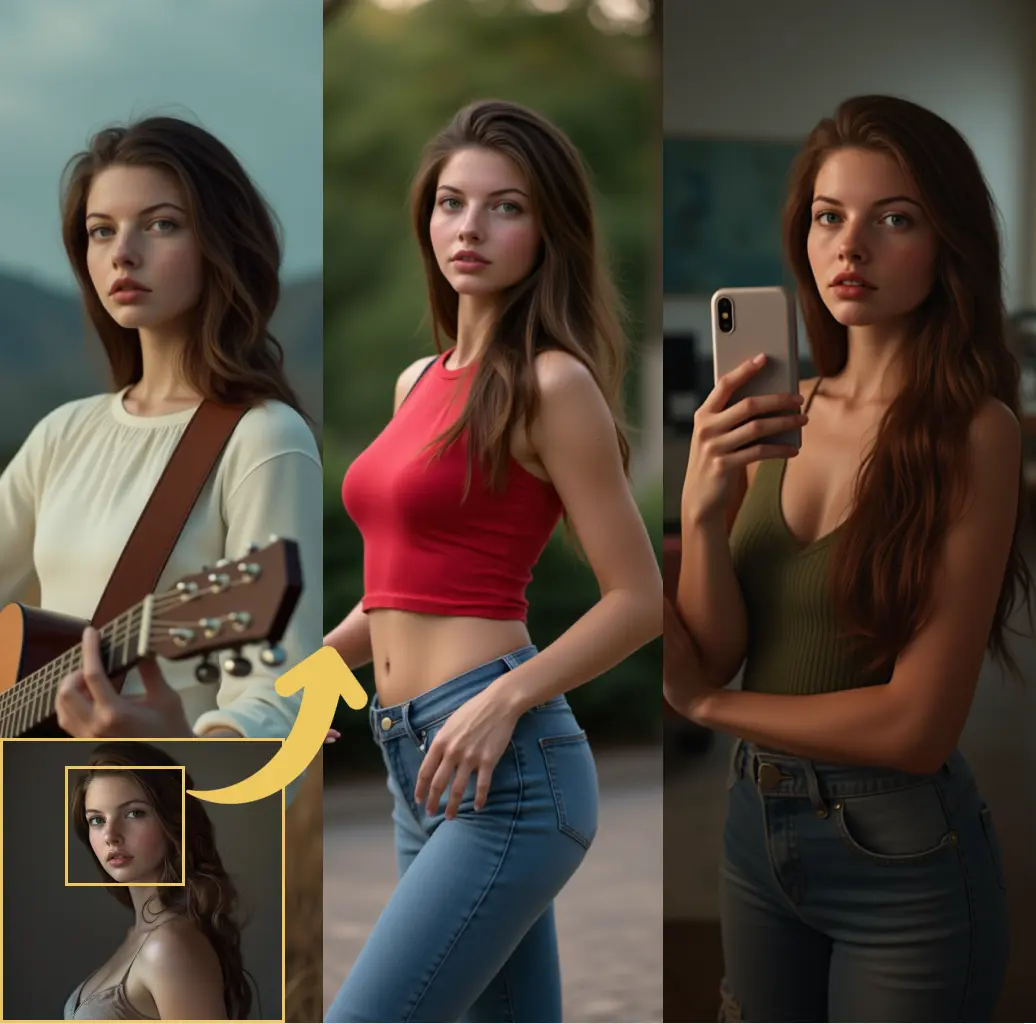ComfyUI Node: 🎚️ Controlnet Apply
SDVN Controlnet Apply
Category📂 SDVN
Stable Diffusion VN (Account age: 281days) Extension
SDVN Comfy node Latest Updated
2025-04-27 Github Stars
0.04K
How to Install SDVN Comfy node
Install this extension via the ComfyUI Manager by searching for SDVN Comfy node- 1. Click the Manager button in the main menu
- 2. Select Custom Nodes Manager button
- 3. Enter SDVN Comfy node in the search bar
Visit ComfyUI Online for ready-to-use ComfyUI environment
- Free trial available
- 16GB VRAM to 80GB VRAM GPU machines
- 400+ preloaded models/nodes
- Freedom to upload custom models/nodes
- 200+ ready-to-run workflows
- 100% private workspace with up to 200GB storage
- Dedicated Support
🎚️ Controlnet Apply Description
Integrate ControlNet models for AI art generation with enhanced conditioning control and image manipulation capabilities.
🎚️ Controlnet Apply:
The SDVN Controlnet Apply node is designed to integrate ControlNet models into your AI art generation workflow, allowing for enhanced control over the conditioning process. This node facilitates the application of ControlNet models to images, enabling you to manipulate and refine the output by adjusting various parameters. By leveraging the capabilities of ControlNet, you can achieve more precise and desired results in your AI-generated art. The node is particularly useful for artists looking to apply specific styles or effects to their images, as it provides a structured way to influence the generation process through conditioning. Despite its advanced functionality, the node is user-friendly, making it accessible to those without a deep technical background.
🎚️ Controlnet Apply Input Parameters:
positive
This parameter represents the positive conditioning input, which is used to guide the ControlNet model towards desired features or styles in the generated image. It is crucial for defining the aspects you want to emphasize in the output.
negative
The negative conditioning input serves as a counterbalance to the positive conditioning, helping to suppress unwanted features or styles in the generated image. This parameter is essential for refining the output by reducing the influence of undesired elements.
control_net
This parameter specifies the ControlNet model to be applied. It is the core component that processes the conditioning inputs and the image to produce the desired output. The choice of ControlNet model can significantly impact the style and quality of the generated image.
vae
The Variational Autoencoder (VAE) parameter is optional and can be used to further refine the image generation process. It helps in encoding and decoding the image data, potentially enhancing the quality and detail of the output.
image
This parameter is the input image to which the ControlNet model will be applied. It serves as the base for the conditioning process, and the final output will be a modified version of this image based on the specified parameters.
strength
The strength parameter controls the intensity of the ControlNet model's influence on the image. It ranges from 0.0 to 10.0, with a default value of 1.0. A higher strength value results in a more pronounced effect of the ControlNet model on the image.
start_percent
This parameter defines the starting point of the conditioning process as a percentage of the total process. It ranges from 0.0 to 1.0, with a default value of 0.0. Adjusting this parameter allows you to control when the conditioning effect begins during the image generation.
end_percent
The end_percent parameter specifies the endpoint of the conditioning process as a percentage of the total process. It ranges from 0.0 to 1.0, with a default value of 1.0. This parameter helps in determining when the conditioning effect should conclude, providing finer control over the process.
🎚️ Controlnet Apply Output Parameters:
positive
The positive output represents the conditioned result based on the positive input, reflecting the desired features or styles emphasized in the image. It is a crucial output for achieving the intended artistic effect.
negative
The negative output shows the conditioned result based on the negative input, highlighting the suppression of unwanted features or styles. This output is important for ensuring that undesired elements are minimized in the final image.
image
The image output is the final result after applying the ControlNet model and conditioning inputs. It is the modified version of the input image, showcasing the effects of the applied conditioning and ControlNet model.
parameter
This output provides additional information about the parameters used during the conditioning process. It can be useful for understanding the settings that led to the final output and for replicating or adjusting the process in future projects.
🎚️ Controlnet Apply Usage Tips:
- Experiment with different ControlNet models to find the one that best suits your artistic vision, as each model can produce distinct styles and effects.
- Adjust the strength parameter carefully to balance the influence of the ControlNet model; too high a value might overpower the original image, while too low a value might not produce noticeable changes.
- Use the start_percent and end_percent parameters to fine-tune the timing of the conditioning effect, which can be particularly useful for creating gradual transitions or specific effects in the image.
🎚️ Controlnet Apply Common Errors and Solutions:
"Invalid ControlNet model"
- Explanation: This error occurs when the specified ControlNet model is not recognized or is incompatible with the node.
- Solution: Ensure that the ControlNet model is correctly loaded and compatible with the node. Verify the model's format and try reloading it.
"Strength value out of range"
- Explanation: The strength parameter is set outside the allowed range of 0.0 to 10.0.
- Solution: Adjust the strength parameter to be within the valid range. Use the default value of 1.0 if unsure.
"Image input missing"
- Explanation: The node requires an image input to function, and it is currently missing.
- Solution: Provide a valid image input to the node. Ensure the image is correctly loaded and accessible.
🎚️ Controlnet Apply Related Nodes
RunComfy is the premier ComfyUI platform, offering ComfyUI online environment and services, along with ComfyUI workflows featuring stunning visuals. RunComfy also provides AI Playground, enabling artists to harness the latest AI tools to create incredible art.



